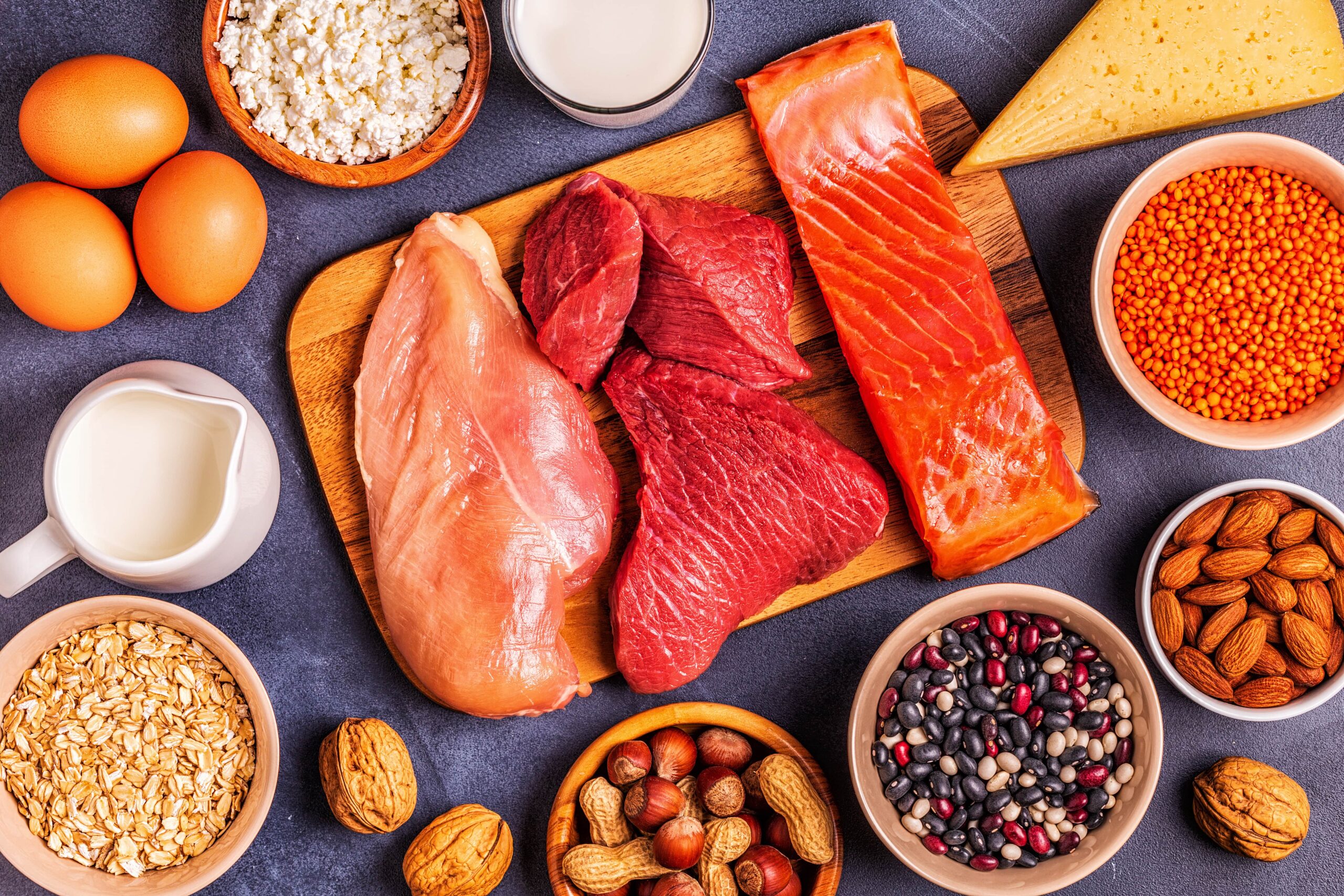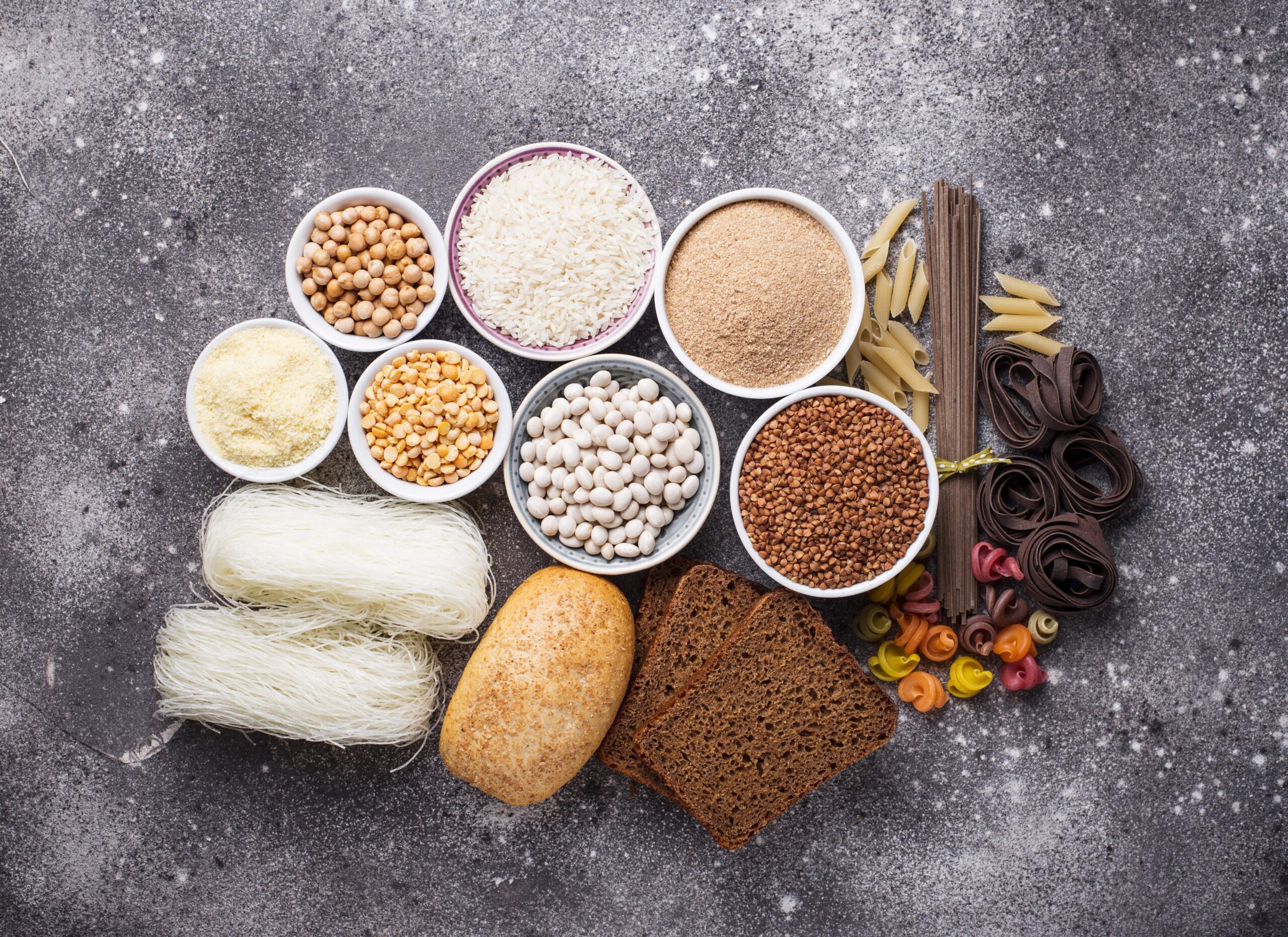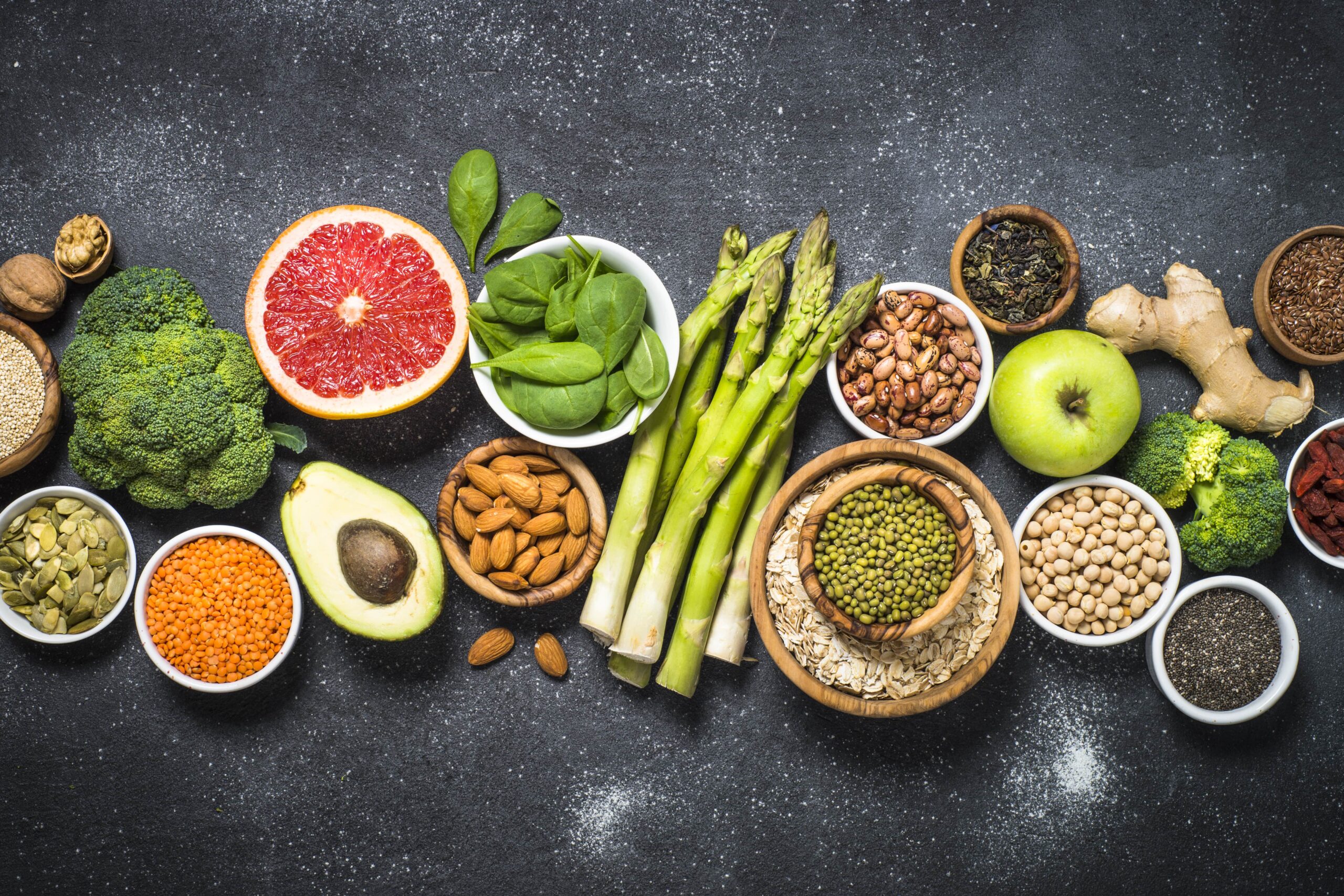The Bipolar Disorder Diet
If you are interested to learn more, check out my free e-book where I provide a free meal plan!
Foods to Eat and Avoid with Bipolar Disorder
The Bipolar Diet Breakdown
Proteins:

• Pasture-raised chicken
• Lean sirloin steak (preferably grass-fed, antibiotic/hormone-free)
• Wild-caught fish
• Eggs (preferably pasture-raised, organic)
• Beans and lentils
Carbohydrates:

• Quinoa
• Sweet potatoes
• Brown rice
• Fresh fruits like berries, apples, and oranges
• Vegetables such as kale, spinach, and bell peppers
Fats:

• Avocado
• Extra virgin olive oil
• Raw nuts like almonds, walnuts, and brazil nuts
• Flaxseed meal
• Chia seeds
All these are carefully selected to nourish your mind and body, providing essential nutrients for optimal brain function and mood stability.
Putting Theory into Practice

Now, I’m a big believer in actionable steps, so here’s what you can do: start by incorporating these nutrient-rich foods into your daily meals.
Swap out processed junk for whole, natural ingredients, and pay attention to how your body responds. Remember, this isn’t a quick fix – it’s a lifestyle shift aimed at long-term wellness.
Long story short:
Eat natural, whole foods.
Avoid processed foods such as vegetable oils, processed sugar, and excess carbs.
Drink 100 – 125 ounces of water.


